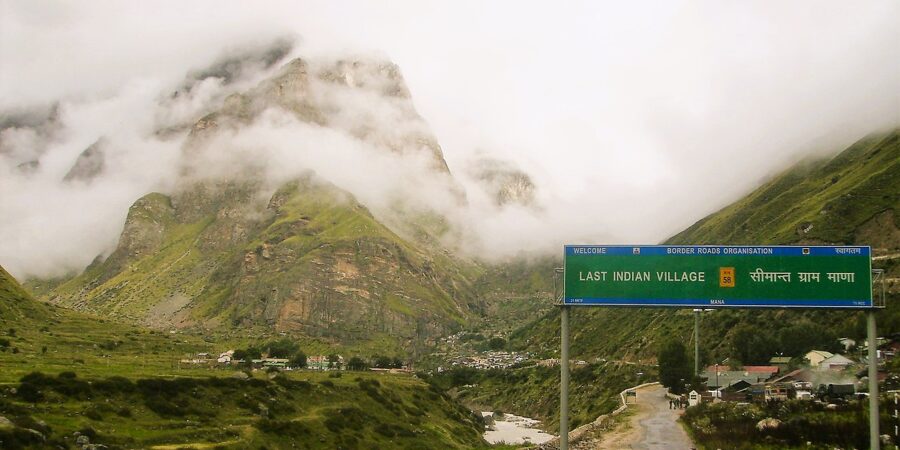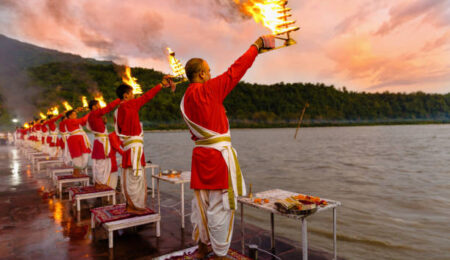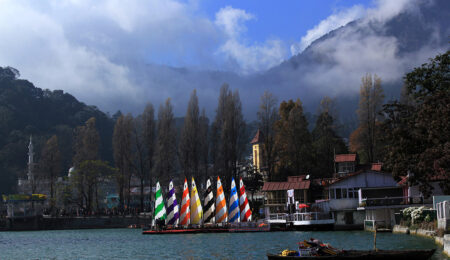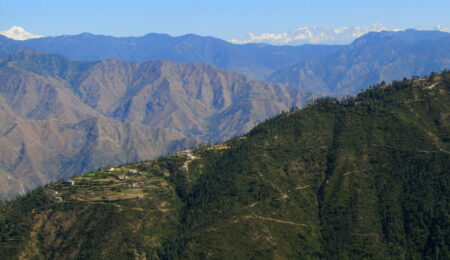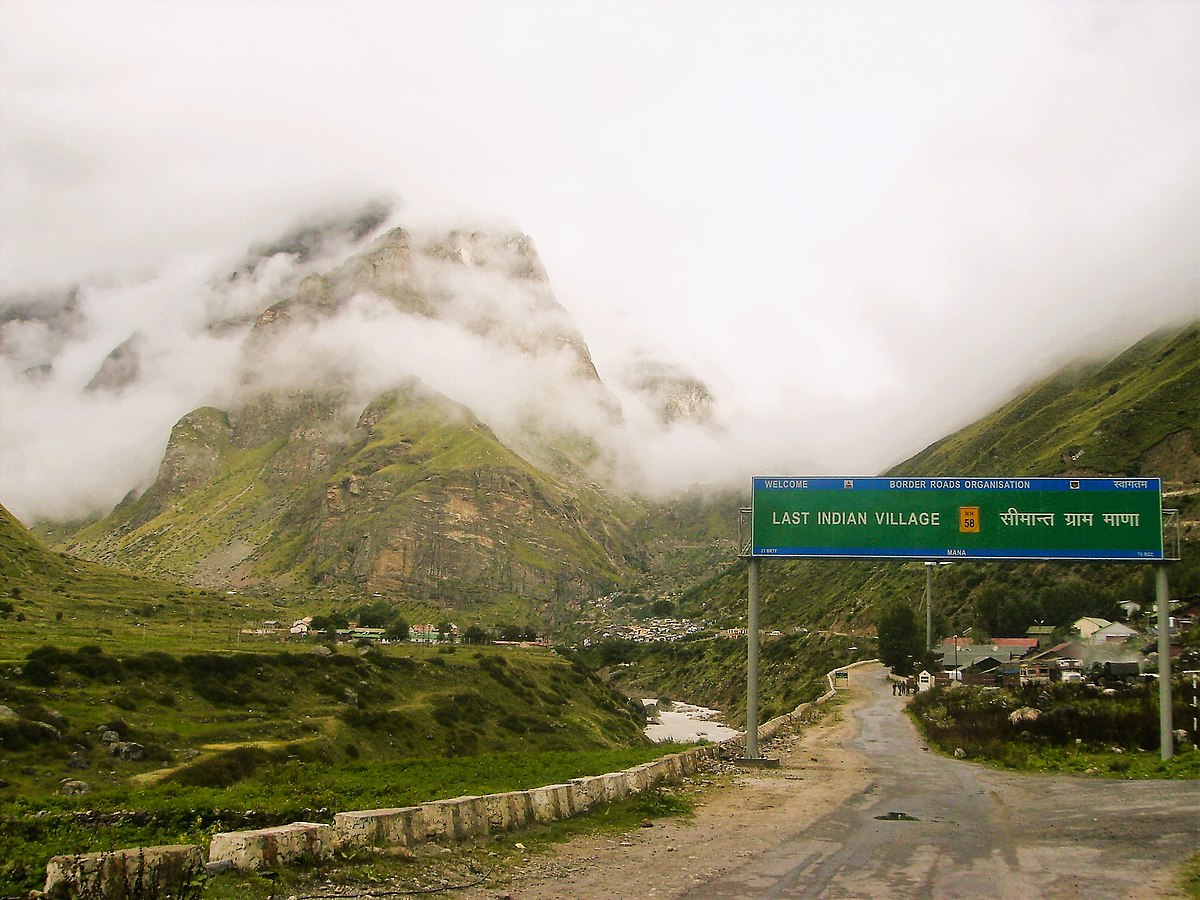 Tucked away in the lap of the majestic Himalayas, Mana Village stands as a testament to Uttarakhand’s raw beauty and rich cultural heritage. Situated at approximately 3,200 meters, Mana Village is known as the last inhabited village on the Indian side of the Indo-Tibetan border. With its breathtaking landscapes, spiritual significance, and intriguing history, Mana Village has become a popular destination for adventure seekers, spiritual seekers, and those seeking an offbeat experience.
Tucked away in the lap of the majestic Himalayas, Mana Village stands as a testament to Uttarakhand’s raw beauty and rich cultural heritage. Situated at approximately 3,200 meters, Mana Village is known as the last inhabited village on the Indian side of the Indo-Tibetan border. With its breathtaking landscapes, spiritual significance, and intriguing history, Mana Village has become a popular destination for adventure seekers, spiritual seekers, and those seeking an offbeat experience.
Located near the renowned pilgrimage town of Badrinath, Mana Village serves as the gateway to the heavenly abode of the gods. It is believed to be the winter residence of Lord Badri, an incarnation of Lord Vishnu before the temple in Badrinath closes for the harsh winter months. The village holds immense spiritual significance for devotees who visit the holy shrine of Badrinath and seek blessings in this serene Himalayan setting.
The village is often called the “Land of the Gods” due to the large number of Hindu temples and pilgrimage centres located here. The state is home to the Himalayan Mountains, as well as the source of the Ganges River. Mana village is located in the Chamoli district of Uttarakhand.
The village is accessible only on foot, and the journey to Mana is arduous. However, the stunning views of the Himalayas, as well as the peace and tranquillity of the village, make the journey well worth it. Mana village has a population of just over 100 people. The village is located in a remote and isolated location and has been relatively untouched by modernity. The people of Mana live a simple and traditional lifestyle. Farming is the main occupation of the people here, and the village is home to a number of small shops and guest houses.
The village is a popular destination for trekkers and nature lovers. It is also the starting point for the popular Char Dham yatra, a pilgrimage to the four holy sites of Badrinath, Kedarnath, Gangotri, and Yamunotri.
One of the main attractions of Mana Village is its pristine natural beauty. Surrounded by snow-capped peaks, lush green meadows, and gushing rivers, the village offers a picturesque panorama that leaves visitors spellbound. The mighty Alaknanda River flows through the village, adding to its charm and providing a sense of serenity. The nearby Vasudhara Falls, a mesmerizing waterfall cascading from a height of 122 meters, is a popular trekking destination and a sight to behold.
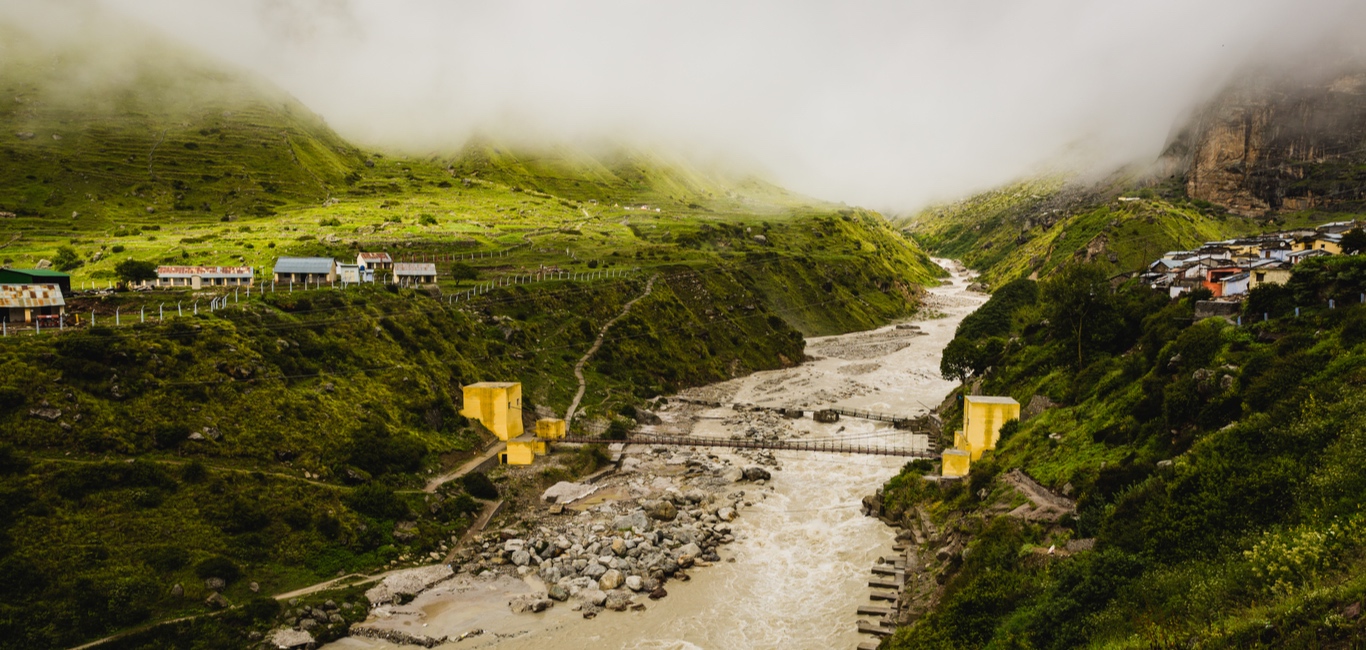 Mana Village is also known for its rich cultural heritage and intriguing history. The village is inhabited by the Bhotiya community, believed to be descendants of Tibetan traders. The Bhotiya people have preserved their unique traditions, customs, and way of life for generations. Visitors to Mana Village can witness their distinct culture, taste their traditional cuisine, and interact with the warm and hospitable locals.
Mana Village is also known for its rich cultural heritage and intriguing history. The village is inhabited by the Bhotiya community, believed to be descendants of Tibetan traders. The Bhotiya people have preserved their unique traditions, customs, and way of life for generations. Visitors to Mana Village can witness their distinct culture, taste their traditional cuisine, and interact with the warm and hospitable locals.
The village is dotted with ancient temples and monasteries that bear testimony to its deep-rooted spirituality. The Vyas Gufa, a cave where the sage Veda Vyasa is said to have composed the Mahabharata, is a significant pilgrimage site. It is believed that Lord Ganesha himself wrote the epic as Vyasa recited it. The cave also offers a sense of tranquillity, making it an ideal spot for meditation and reflection. The village is home to the Badrinath Temple, one of Hinduism’s four main pilgrimage sites. The temple is dedicated to Lord Vishnu and is one of the most important temples in India. Thousands of pilgrims visit the temple yearly to offer their prayers and seek blessings.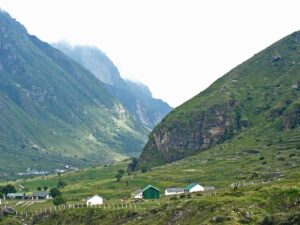
Another noteworthy attraction in Mana Village is the Ganesh Gufa, a small cave where an idol of Lord Ganesha is enshrined. This idol is believed to be self-formed and has been worshipped for centuries. Devotees flock to this cave to seek blessings and pay their respects. The cave is nestled amidst breathtaking surroundings, offering spiritual seekers a peaceful and serene environment.
Mana Village also serves as a base for several treks and expeditions in the region. The trek to the mystical Vasudhara Falls is popular with adventure enthusiasts. The trail winds through lush forests, picturesque landscapes, and scenic viewpoints, providing a thrilling and unforgettable experience. Trekking further leads to destinations like Satopanth Lake, an emerald green lake nestled at 4,600 meters, known for its pristine beauty and mythological significance.
Access to Mana Village is relatively easy, with good road connectivity from major cities in Uttarakhand. The nearest airport is Jolly Grant Airport in Dehradun, approximately 315 kilometres away, while the nearest railway station is Rishikesh, about 295 kilometres from the village. The best time to visit Mana Village is during the summer, from May to October, when the weather is pleasant, and the trekking routes are accessible. However, the village holds its charm throughout the year, with each season offering a unique experience to visitors.
In conclusion, Mana Village in Uttarakhand is a hidden gem showcasing the Himalayan region’s raw beauty, spirituality, and cultural richness. With its breathtaking landscapes, deep-rooted spirituality, and intriguing history, the village offers an unparalleled experience for those seeking adventure, tranquillity, and a glimpse into the ancient traditions of the Bhotiya community. So, pack your bags, leave behind the chaos of everyday life, and embark on a journey to Mana Village to explore the last inhabited village at the gateway to heaven.


